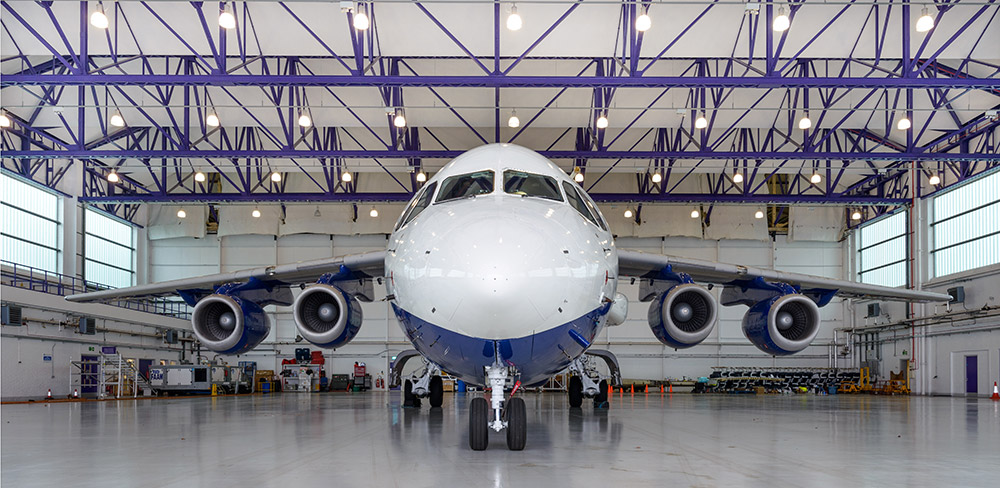The FAAM Airborne Laboratory has launched a unique opportunity for environmental researchers to use the specially adapted research aircraft for up to 10 flying hours.
The scheme, called Research Runway, is designed to allow researchers at every stage of their career to access a world-leading observation platform to study topics ranging from climate change and severe weather to air pollution.
Research Runway allows up to ten flying hours onboard the FAAM Airborne Laboratory for campaign ideas set to take flight in July and August this year.
Applicants should first contact the FAAM Airborne Laboratory team by Wednesday 5 April 2023 to start the application process.

Dr Hannah Price, Science Partnerships Lead at the FAAM Airborne Laboratory, says:
“Research Runway aims to open up our flying laboratory to new users by providing funding for small-scale and stand-alone experiments. It opens a new pathway for people to see what we can offer, and will hopefully encourage a new generation of users to our facility.”
The FAAM Airborne Laboratory is able to measure a wide range of atmospheric properties, including meteorology, chemistry, aerosol, cloud physics and remote sensing. And, over the next five years, will undergo a significant investment to offer a broader range of services and capabilities, including adopting sustainable practices.
All applicants will be fully supported by the facility’s team of scientists, engineers, flight technicians and project managers to plan their experiments ahead of time.
The FAAM Airborne Laboratory team hopes that Research Runway offers a new pathway for scientists to access the facility – and could help researchers to collect preliminary data for a study, or to support a proof of concept in advance of a larger grant, for example.
There’s a clear sense of excitement as the team waits to see the applications roll in, and they encourage the opportunity to be shared widely. The aircraft’s versatile set-up means that flights can help to answer all types of questions – from measuring pollution emissions from moorland wildfires, to tracking emissions from ships in the English Channel.
To help run the scheme, Research Runway stipulates that flights should fly from Cranfield Airport, and take advantage of the aircraft’s existing set of instrumentation.
As the FAAM Airborne Laboratory is funded by the Natural Environment Research Council, you must be eligible for Natural Environment Research Council funding to apply.
Applicants should make initial contact with FAAM Airborne Laboratory by 5th April 2023, and submit their full application by 3rd May 2023. After this, applicants will be notified within one month whether they are successful or unsuccessful for this year’s July and August flying window.
Initially, run as a pilot scheme, there should be no expectation that Research Runway will be open again in future.
You can access the Research Runway fund via our Research Runway information hub.
